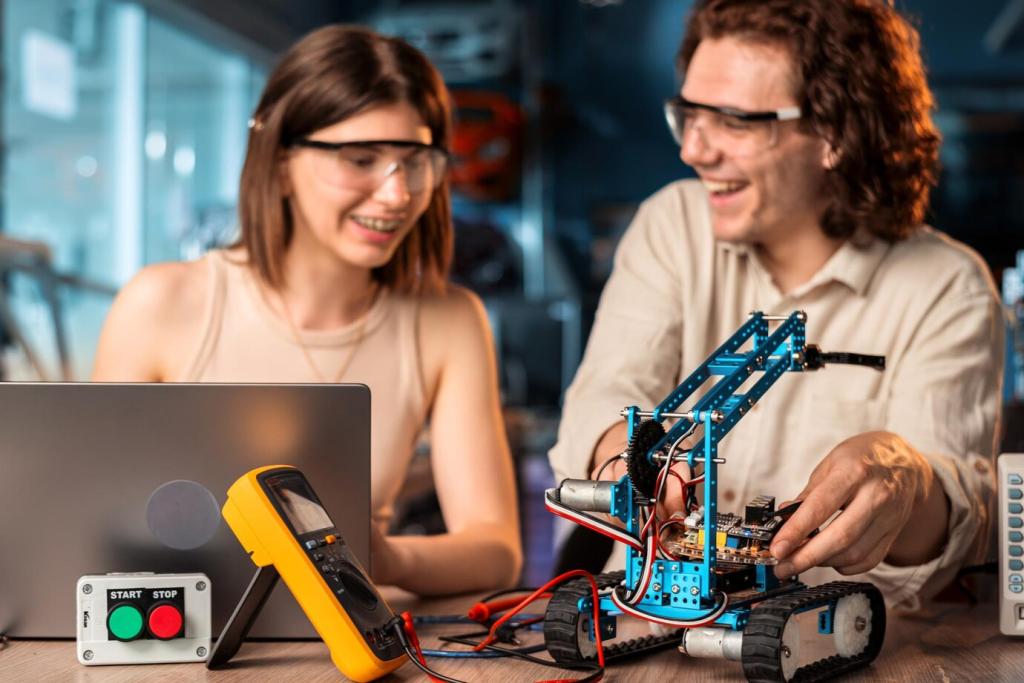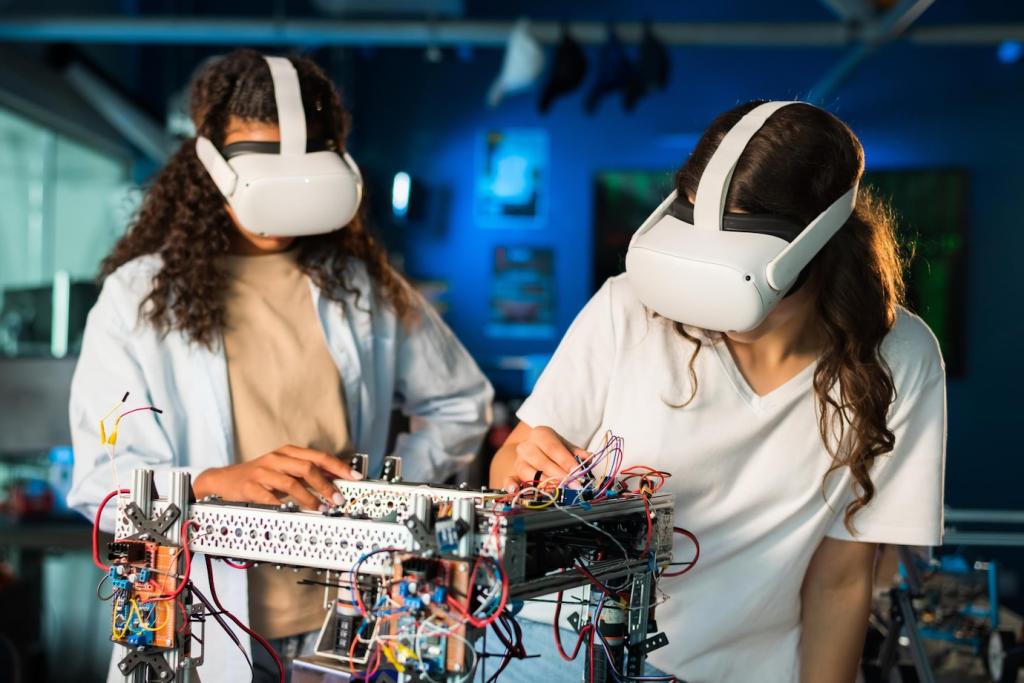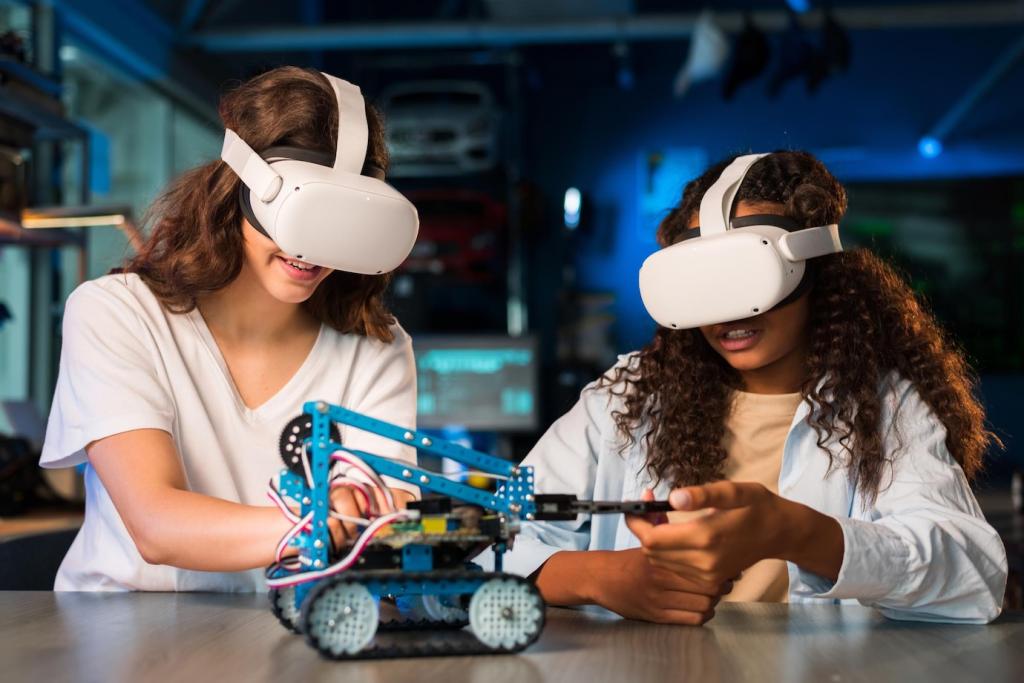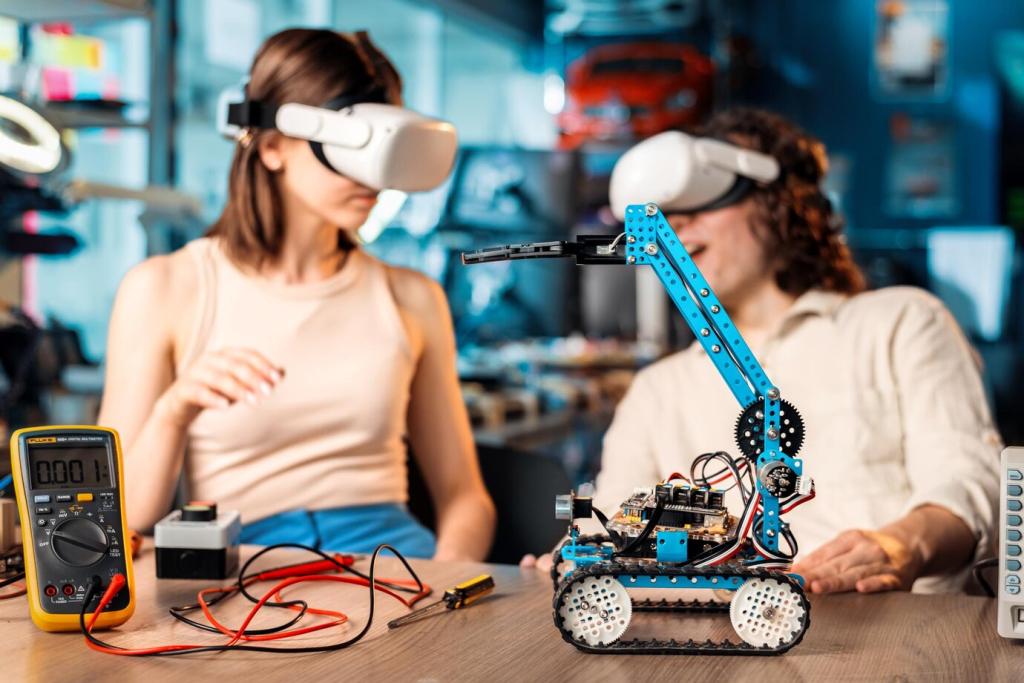Sensing the World: Turning Data into Decisions
Calibrate light sensors under different surfaces, not just your bench. Readers often discover daytime glare ruins assumptions. Post your calibration photos and notes to help peers avoid the classic “it worked last night” surprise.
Sensing the World: Turning Data into Decisions
A single threshold can flicker. Add hysteresis or smoothing to stabilize decisions. Explain how you stabilized erratic readings in your kit; your tips could spare someone hours of unexplained robot wobble and frustrating misreads.





